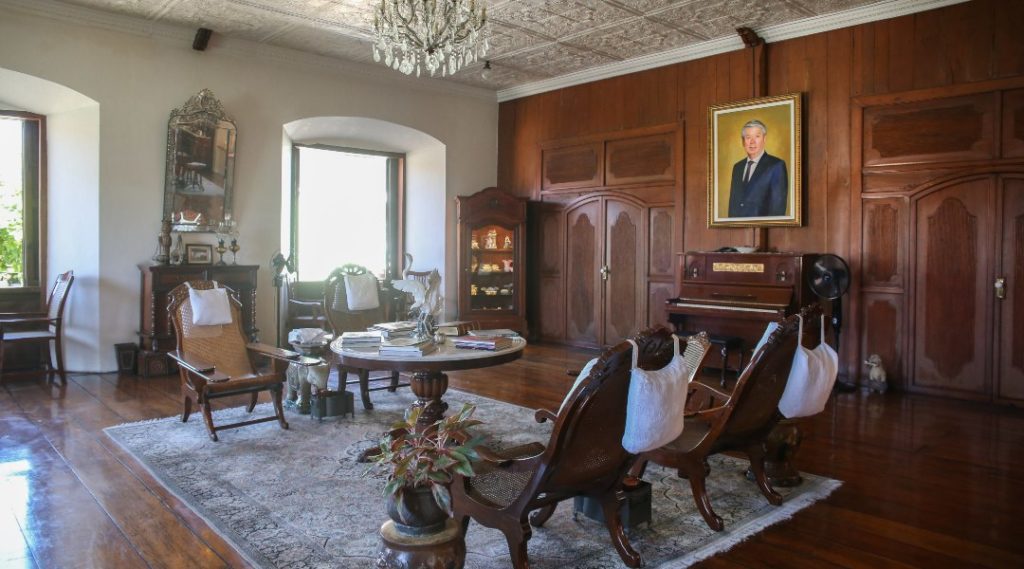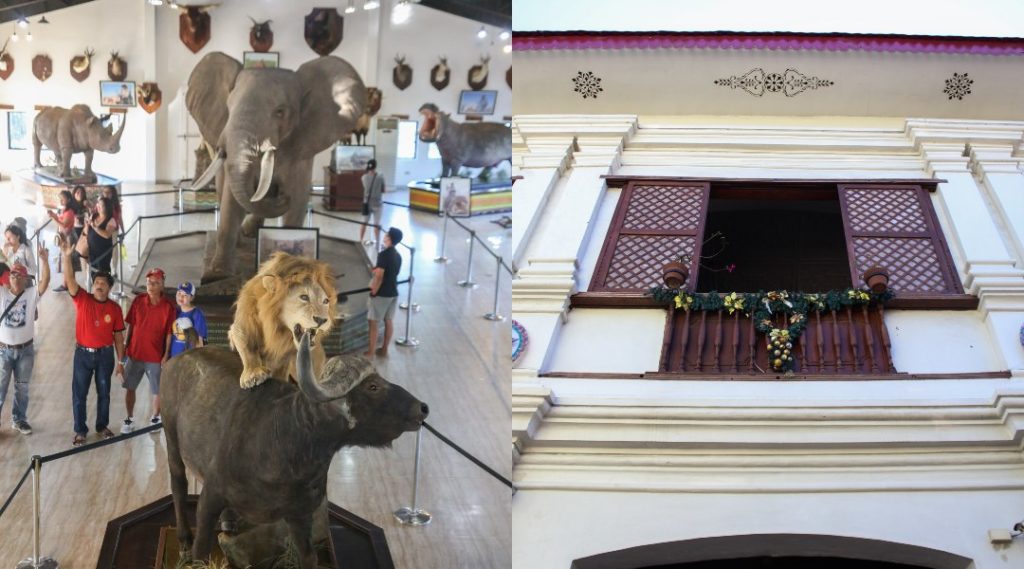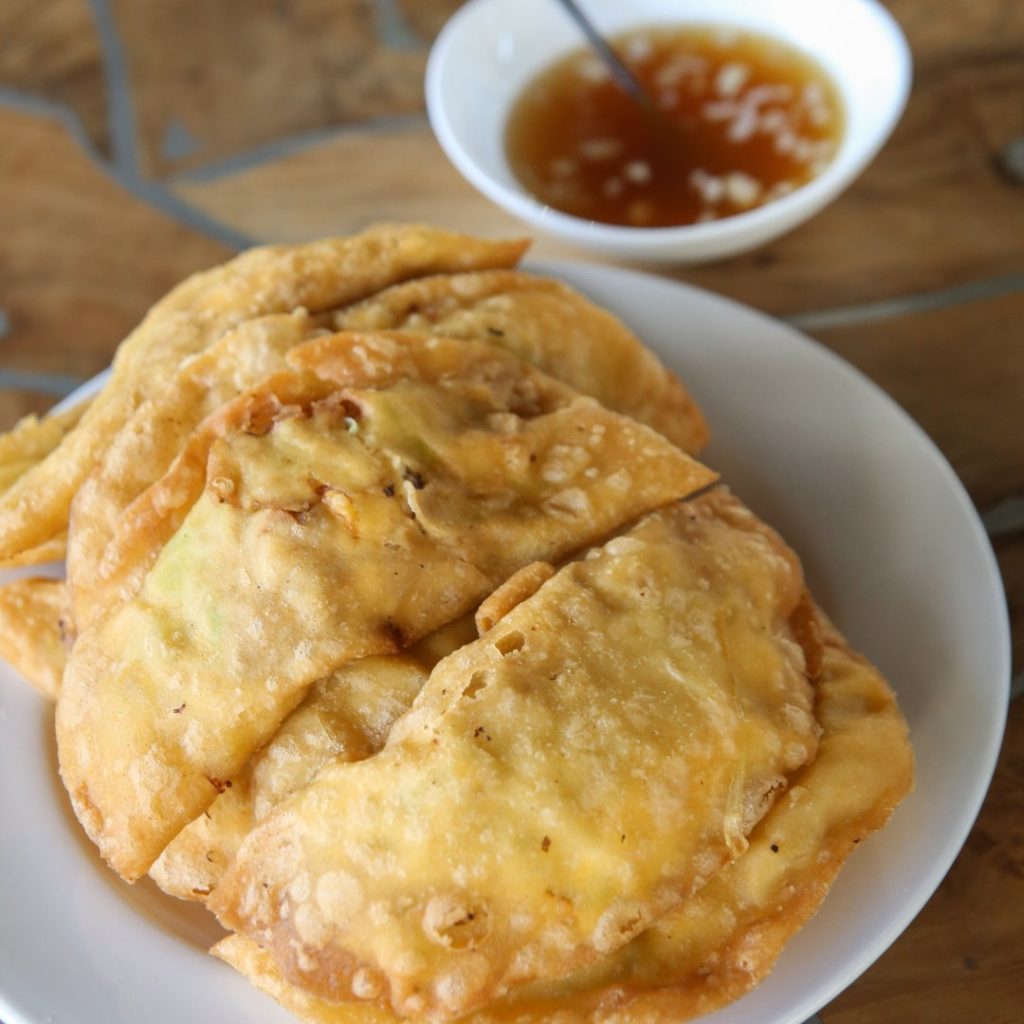Vigan’s treasures lie in the city’s well-preserved traditions—authentic local cuisine, genuine hospitality, and rich culture and history
RELATED READS: Experience The Irresistible Allure And Sophistication Of Your Next Island Getaway At Aqua Boracay

Manila, even with the luxury of its many conveniences, can be a bit too stressful at times—thanks to the perpetual traffic and high-population density problem that continues to be unsolved. A break from the monotonous views of towering skyscrapers and halted vehicles in EDSA would be heavenly when your time affords it, and a quick and convenient flight to your destination of choice proves to be therapeutic especially when needed.
Separated from Luzon by a river that has since been silted up, Vigan was a thriving coastal community back in the 16th century—attracting Chinese traders who traveled farther inward the island for the unique products of the mountain provinces. A cultural amalgamation of two of the world’s greatest kingdoms at the time soon followed. China (who has established a rich trading route in the region) and Spain (at the height of its colonization) would find themselves merging its many traditions perfectly, as evidenced by the elite Chinese creole families that have risen and withstood the sands of time.
RELATED READS: The DusitD2 Hotel In Davao Redefines Luxury Living

Into the Wild
One of the locals’ favorite developments of Narvacan City Mayor Chavit Singson is the Baluarte Zoo, where aside from the zoological park, his former residence and his hunting trophy room stand. Unlike the Forbidden Village, the zoo is open to the public. A wide variety of vendors line the streets, selling food, toys, and other native products. It was Chavit’s idea to let the people do their business inside the vicinity, providing employment for the community.
Animal attractions of all kinds can be found within the park, including giant cement statues of dinosaurs. It was a charming spectacle. Front row seats at the zoo’s popular animal show allowed a fantastic view of the amazing exhibition of his wildlife collection—a parade of exotic birds, reptiles, and mammals performing extraordinary feats. We were also shown his famous tigers and were given the chance to get our photos taken beside it.

The food is just as exciting as Vigan’s street life. The day we arrived we were brought to Casa Vicente were we feasted on homemade Filipino food—fried fish, pork and chicken adobo, and a selection of vegetable dishes that not only made for a great-tasting meal but also gave everyone a warm Ilocano welcome. I took my first bite of authentic Vigan empanada that day. The savory filling encased in that distinct orange shell and dipped in sour and spicy vinegar is heavenly with every bite. I had two. In the morning we were treated to Vigan longganisa, a pork sausage with a strong garlicky flavor. It is a breakfast staple in the region and a delicious one at that.
Declared a World UNESCO Heritage Site and soon after, UNESCO World Heritage City, Vigan has also been recognized as one of the New7Wonders Cities, alongside Beirut, Doha, Durban, Havana, Kuala Lumpur, and La Paz. Surviving decades of war, calamities, and the ever-present threats of human overpopulation, it is a perfect example of how a city cannot simply move forward into the future without remembering its glorious past. As Austrian composer Gustav Mahler once said, “Tradition is not the worship of ashes, but the preservation of fire.”
Read the full travel story of Pipo Gonzales in Lifestyle Asia’s February 2020 Edition titled, “Exploring Our Island Paradise.”





